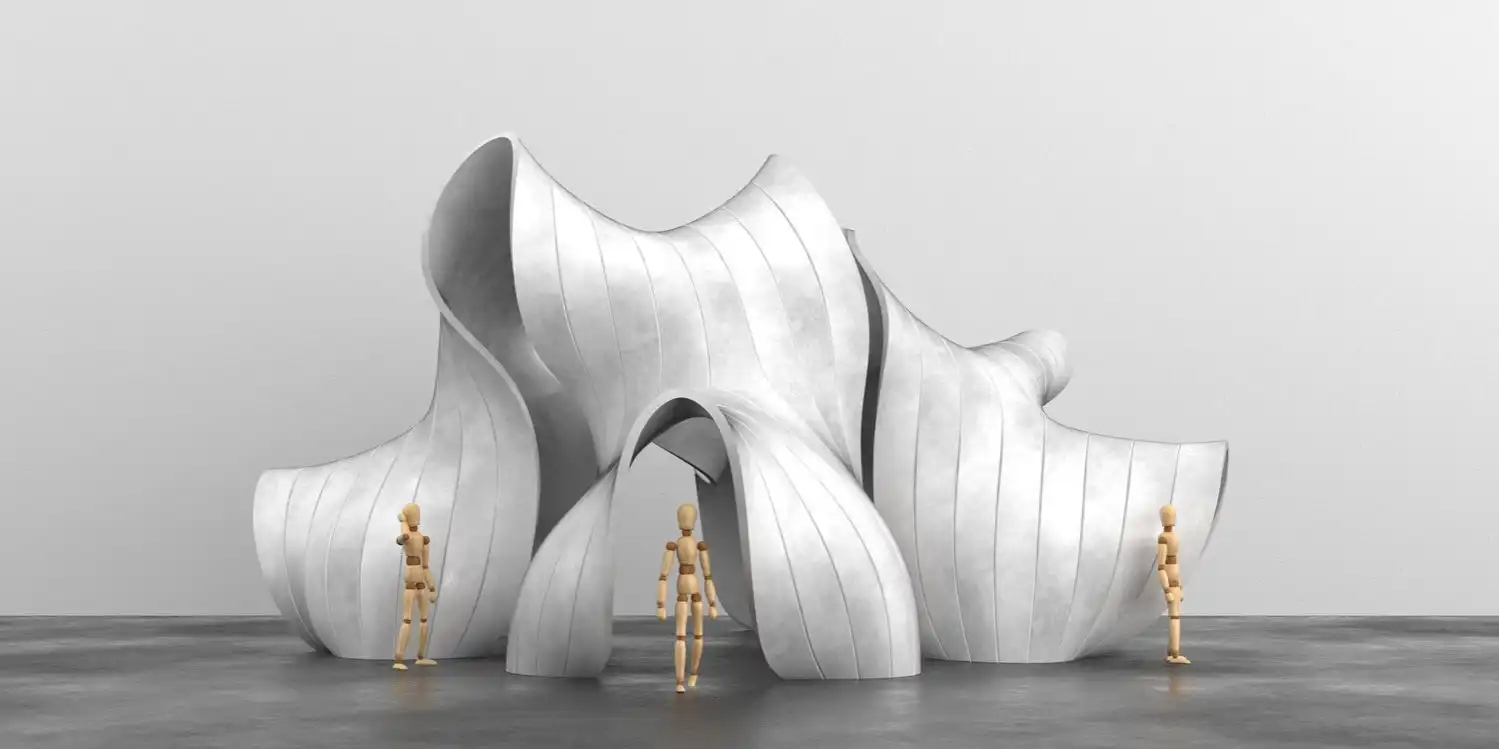This workshop will focus on understanding multiple thinking processes and developing iterative algorithms to evaluate circulation within a given space.

“What can space do?” is a big question that resonates with every architect, practitioner, or design student alike at least once. Everyone may have a personal answer to such a simple question. At its fundamental level, a well-designed space may organize movement, distribute land use, influence crime and safety, affect urban carbon footprint, and determine land value. It becomes evident the word “Space” is such a vast term; therefore, in our workshop, “Space” will refer to the physical construction of architecture as its creator designed it.However, to truly understand space, we must first understand its users – ourselves, as humans. A chimpanzee will not use the art gallery the same way we do. The contradiction has led to our workshop, which will challenge the subjects of Artificial Intelligence, Machine Learning, and various experimental design philosophies concerning how human behavior interprets the architectural body and maneuvers through it.
Amin mostafavi 2024-10-09 22:31
fantastic
shiningstudioarchi 2024-11-25 06:22
it was totally new for me and i enjoyed it
Md Tareq Abdullah 2025-12-01 03:01
After finishing Spatial Dynamics: AI & Human Movement Design, I felt like I got a fresh, eye‑opening look at how people actually move through space — not just drawing buildings, but thinking about movement, flow, and human behaviour in design. The workshop used Rhinoceros 3D + Grasshopper 3D (with plugins like LunchBox, Pufferfish, Anemone) to build algorithms that analyse circulation and human‑space interactions.  The two‑day format (about 8 hours total) was compact but hands‑on — ideal if you like mixing design with data and want to explore how architecture meets real human movement.